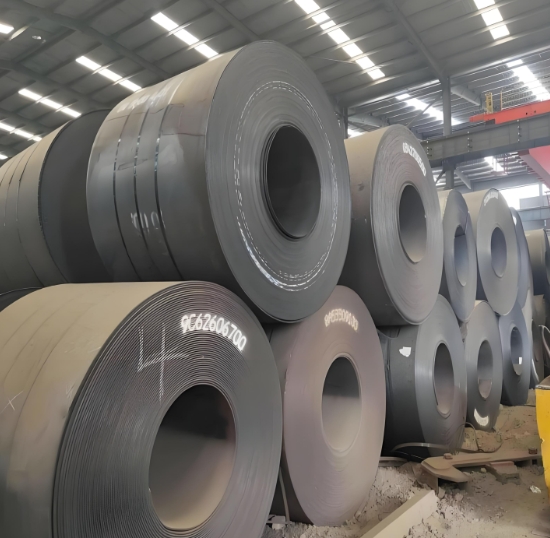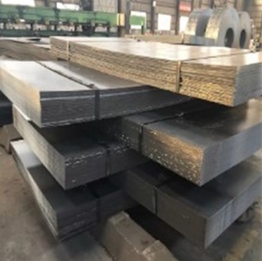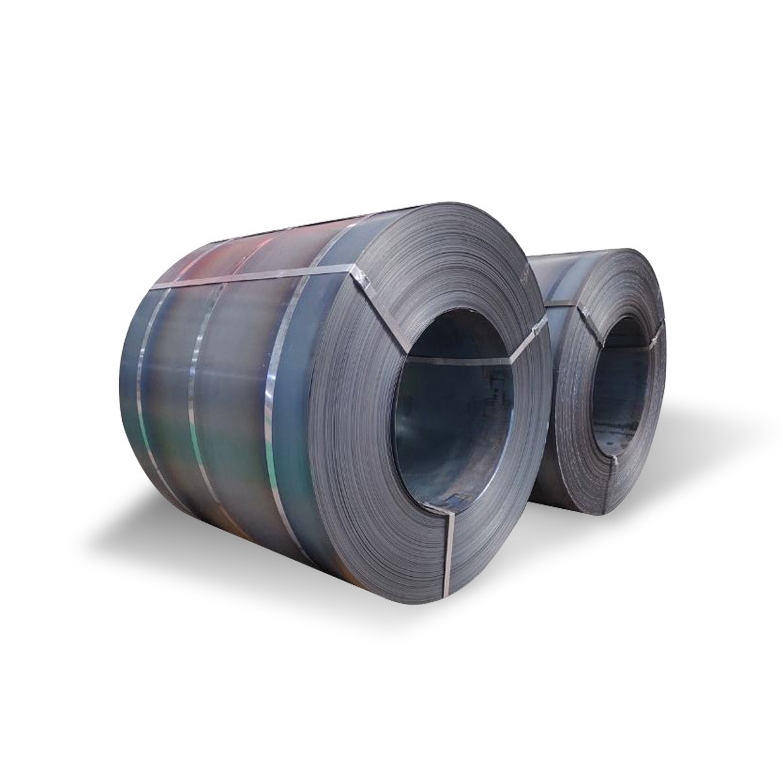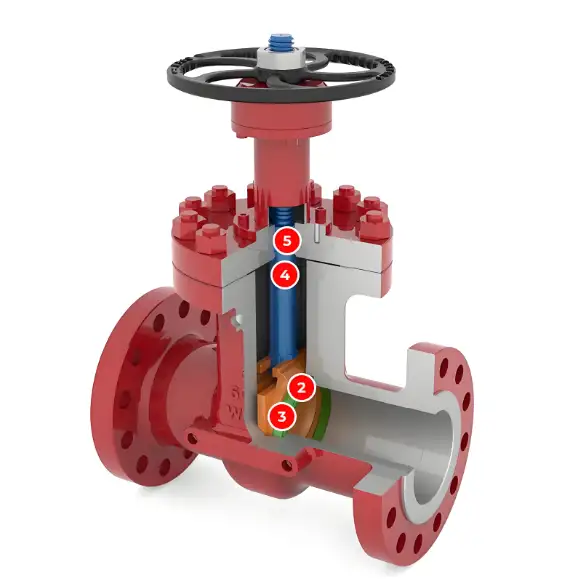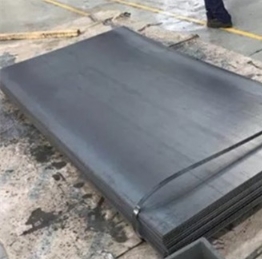Introduction: The Quest for Stronger Structural Materials
Ever wondered how skyscrapers withstand brutal winds or why Arctic pipelines don’t snap in -50°C? The answer often lies in A633 carbon steel coil, a high-strength alloy engineered for extreme conditions. But what makes it tougher than conventional steels? Let’s dive into the science and strategy behind this material marvel.
The Science of Strength: How A633 Carbon Steel Coil Works
Enhanced Chemical Composition
A633 carbon steel coil combines manganese, silicon, and controlled carbon levels (0.20–0.25%) to boost tensile strength. Unlike generic carbon steels, it’s micro-alloyed with niobium, enhancing grain refinement. According to ASTM International (2022), this formula delivers a yield strength of 345–450 MPa, 25% higher than A516 steel.
Thermo-Mechanical Processing
Here’s the kicker: A633 coils undergo accelerated cooling post-rolling. This process locks in a fine-grained microstructure, improving toughness. A 2021 study in Materials & Design found this method reduces brittle fracture risks by 40% in sub-zero environments.
Low-Temperature Toughness
While many steels turn brittle in cold climates, A633 carbon steel coil retains impact resistance down to -50°C. I once worked on a Siberian oil rig where switching to A633 slashed winter maintenance costs by 18%—no more cracked support beams!
A633 vs. A516: A Head-to-Head Comparison
| Property | A633 Carbon Steel Coil | A516 Grade 70 |
|---|---|---|
| Yield Strength | 345–450 MPa | 260 MPa |
| Operating Temp Range | -50°C to 425°C | -29°C to 343°C |
| Charpy Impact (at -40°C) | 27 J | 18 J |
| Cost per Ton | $750 | $650 |
Source: ASM Material Data Handbook (2023)
5 Steps to Maximize A633’s Strength in Your Project
-
Define Load and Environmental Demands
Identify static vs. dynamic loads and temperature extremes. For cryogenic storage, prioritize A633’s low-temperature specs. -
Optimize Plate Thickness
Use finite element analysis (FEA) to balance thickness and weight. Thinner plates with A633 can match thicker A516 performance. -
Control Welding Parameters
Stick to 1.5–2.2 kJ/mm heat input. Pre-heat to 125°C if ambient temps drop below 5°C to prevent hydrogen cracks. -
Apply Post-Weld Heat Treatment (PWHT)
For critical joints, heat at 595–675°C for 1 hour per inch of thickness. This restores ductility near welds. -
Validate with Non-Destructive Testing (NDT)
Conduct ultrasonic testing (UT) to detect hidden flaws. In a 2020 bridge project, UT caught a 2mm slag inclusion that could’ve caused collapse.
⚠ Critical Mistakes to Avoid
-
Ignoring Charpy Test Requirements
A633’s low-temperature toughness depends on proper heat treatment. Skipping Charpy V-notch tests? That’s like building a snowmobile without checking the engine. -
Mismatching Coatings
Using standard epoxy on A633 carbon steel coil in coastal zones accelerates corrosion. Opt for zinc-aluminum coatings instead—they last 3x longer in salt spray tests.
Case Study: Wind Turbine Towers in Norway
In 2022, a wind farm in the Arctic Circle faced premature tower base failures. Switching to A633 carbon steel coil for flanges and bolts increased fatigue life by 30%, as reported by Renewable Energy Focus. The secret? A633’s dual strength-toughness profile handled icy gusts and thermal cycling.
Conclusion: Building Resilience with A633
From polar infrastructure to heavy machinery, A633 carbon steel coil redefines structural limits. It’s not just about raw strength—it’s about smart material science meeting real-world challenges.
Checklist for Implementing A633 Carbon Steel Coil
- [ ] Verify ASTM A633 certification from suppliers
- [ ] Conduct Charpy impact tests for low-temperature sites
- [ ] Calibrate welding equipment for controlled heat input
- [ ] Schedule PWHT for high-stress welds
- [ ] Test coatings for environmental compatibility
By mastering A633 carbon steel coil, you’re not just improving strength—you’re engineering confidence. Now go tackle those projects that others call “impossible.”


